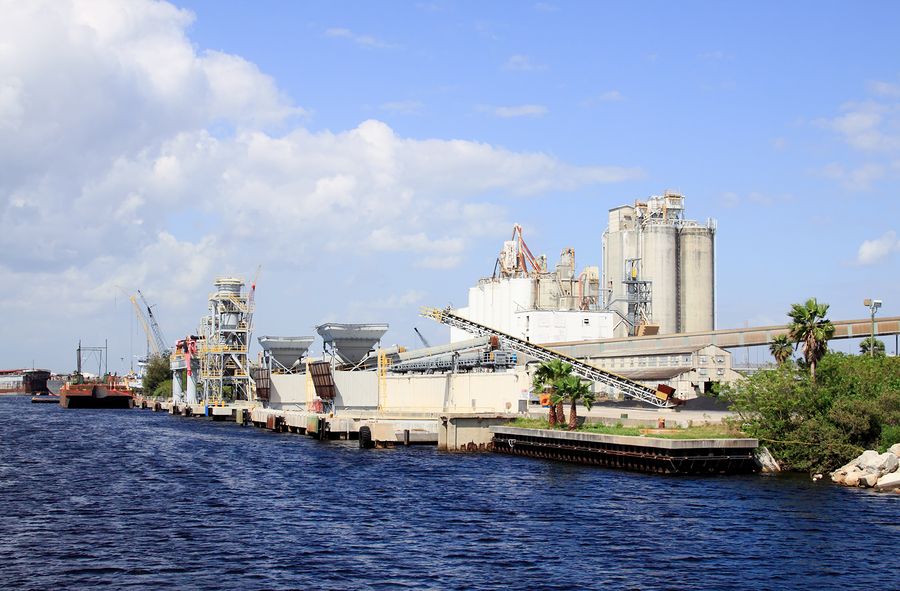With the recent massive explosion at a fertilizer plant causing huge destruction in the small town of West, Texas, the question still remains: what sparked the deadly blast?
Investigators are looking into whether the explosion at West Fertilizer Co. was caused by anhydrous ammonia, a nitrogen-based gas stored at high pressure and commonly used in farming fertilizers. According to a report by TIME, the plant in Texas allegedly stored about 54,000 pounds of this chemical. Ammonia has been the key ingredient for disaster in several previous incidents that resulted in fatal explosions. This is evident from the infamous Oklahoma City bomber that killed 168 people with his ammonia-infused bomb in 1995, to an explosion that occurred the previous year at an ammonium nitrate plant south of Sioux City, Iowa resulting in 4 deaths and multiple injuries. So where does ammonia come from? A significant amount of ammonia is imported into the U.S. and is handled at ports around the country. According to Richard Mullins in a recent Tampa Tribune article, “The port of Tampa handled 1.8 million tons of liquid ammonia in its fiscal year 2012”. Comparing imports received last year to numbers of incoming shipments thus far in 2013, it looks as if the Port of Tampa is on track to receive as much or more ammonia than in 2012. 39 shipments weighing over 261.3 million pounds have already been received since January 1, 2013. Adding to this research, we tapped into more than 79 million shipping manifests compiled by U.S. customs in the Import Genius database to take a look at how many ports across the U.S. handle ammonia imports on a regular basis. As for the Port of Tampa, our records showed that during 2012, 130 shipments of ammonia amounting to 2,391,371,140 billion pounds were received last year. The majority of the shipments come from Trinidad, while Ukraine and Venezuela are also prominent countries supplying this chemical. Other ports with higher numbers of ammonia imports were the Port of Tacoma, with more than 2.6 million pounds received in 2012, and also ports in Norfolk, Los Angeles and Long Beach. Based on the product descriptions listed in the Import genius database, it seems most of the shipments contained anhydrous ammonia. “Anhydrous ammonia isn’t like the household cleaners, which are dissolved in water. It’s naturally a gas that’s cooled and highly pressurized into a liquid. If released, the fluid vaporizes into a colorless, highly irritating gas with a sharp, suffocating odor... breathing even a small amount can be lethal,” as stated by the Tampa Tribune. This form of ammonia is one of the main ingredients used in fertilizer plants. Because the high nitrogen content promotes plant growth and is a main ingredient in fertilizer, it seems the use of anhydrous ammonia for industrial purposes is bound to continue. Both ports and fertilizer plants storing the lethal chemical can protect themselves by being knowledgeable on proper handling, safety regulations and protocol compliance. Sources:
Blast raises questions about ammonia plants in Iowa
Fertilizer’s Dangerous Ingredient: The Health Hazards of Ammonia Exposure
